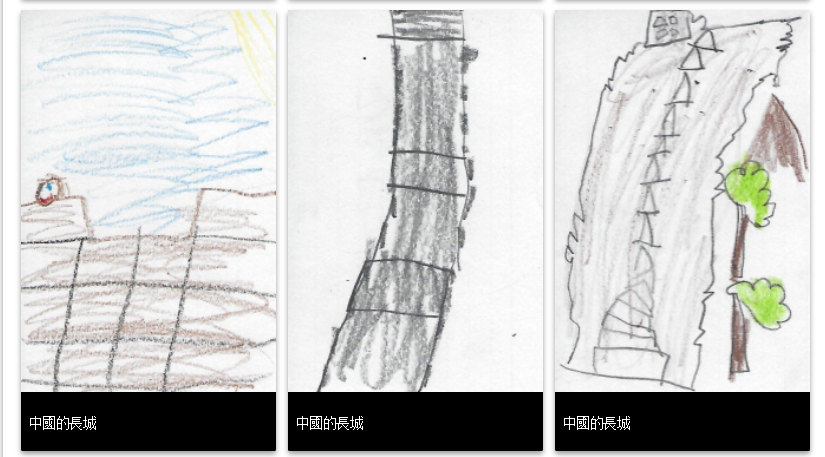Summary
What do we have today from the Ancient Romans and what was life really like for them? This lesson examines just that and takes students on a journey to investigate about language, literature, engineering, government, and social classes of Ancient Rome. Students will travel to stations while maintaining the perspective of an assigned social class of Ancient Rome. Before students can move to another station they must collaboratively create a “Tweet” that synthesis information gained from the station
TIPC Ratings
Throughout the lesson the students are challenged to find, evaluate, and synthesize information from a variety of sources at each station of the lesson. The students are first provided with base knowledge by the teacher at the beginning about their assigned social class they are going to take on while constructing Tweets. Students used Quick Response (QR) codes and their personal scanners to obtain each station’s activity. In stations 3 and 5 the students had to find their own research and leave the works cited as a “Comment” in the Google Presentation to prevent others from using the same resource later and to build together on research from the internet.
At multiple points students have to communicate and collaborate to reach their goal as a team. Group roles are discussed and established in the beginning using a Google Form to communicate to the teacher their assigned roles. Student use a Quick Response (QR) code and scanners on their phones to find their station’s activity. Then the student can enter the tinyurl address to work on their personal computers but also together on the same Google Presentation to leave a “comment” when necessary and use other web 2.0 tools to research. Students communicate their findings and class perspectives of Ancient Rome by post tweets on the class blog with appropriate hashtags.
Students use web 2.0 tools to research topics. At stations 3 and 4 students have to find their own information and cite their source as a “comment” in the Google Presentation which allowed for no repetition of resources and a larger amount of information. At stations 3 student have to reflect on entertainment in Ancient Rome with entertainment today.
Students constructed original “tweet” post on the class blog creating a dialogue that showed true comprehension of material from each station they traveled to. At several stations students had to compare times of Ancient Rome activity to current day activity.






